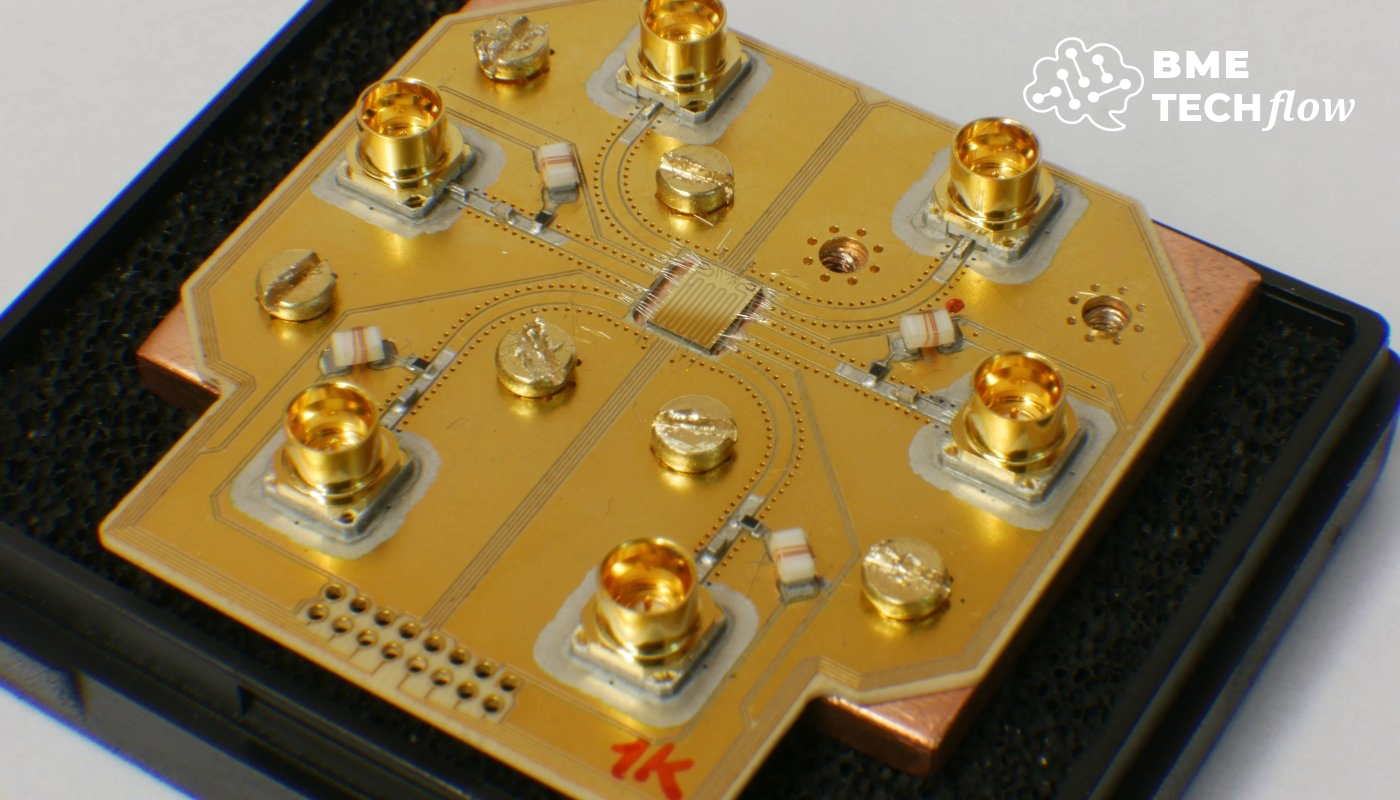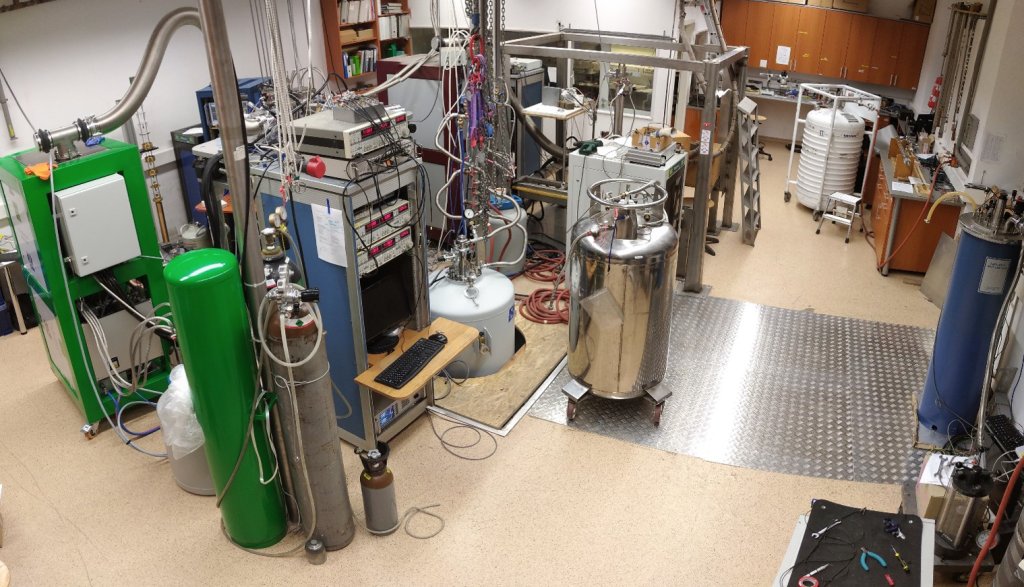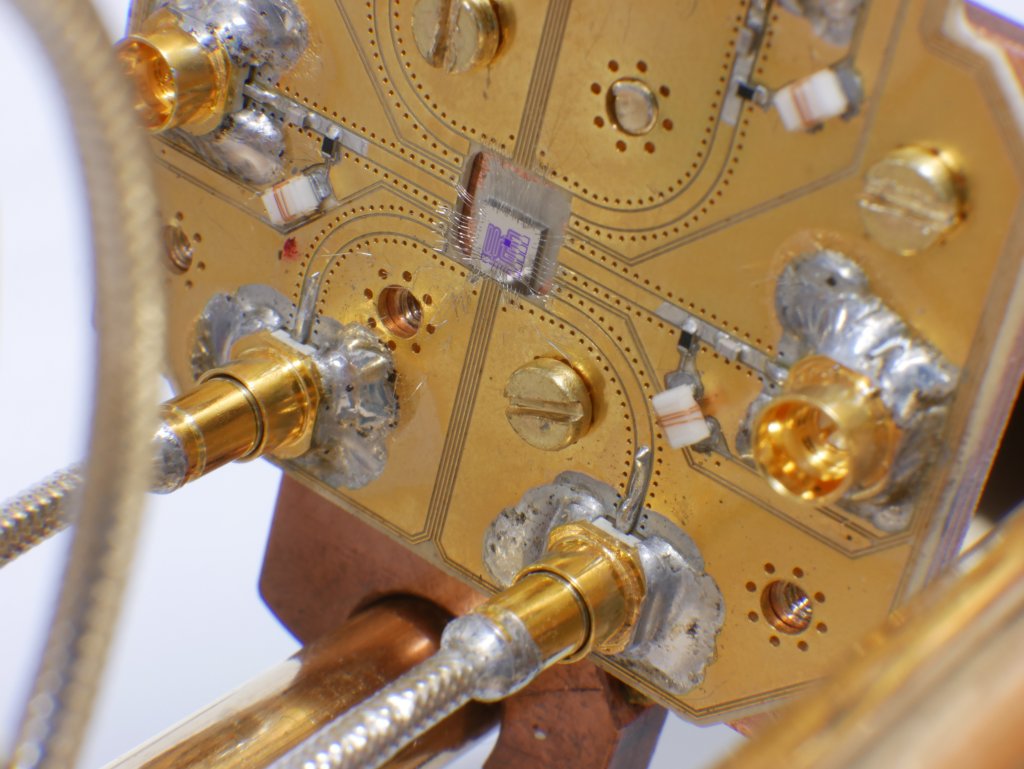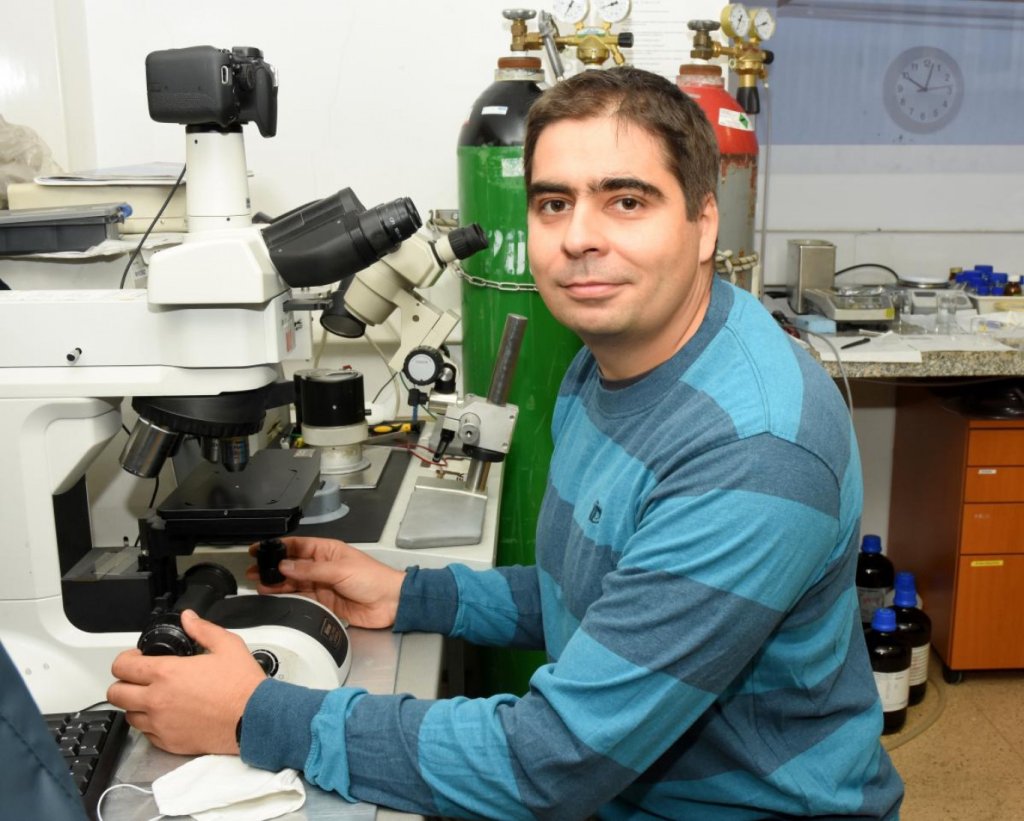News feed
BME researchers have deciphered how superconducting transistors switch
2024. 10. 29.
The study on the phenomenon, waiting to be explained for years, was published by Nature Communications.
Although computer technology has undergone a tremendous development in recent decades, further significant size reduction of circuit elements is not possible due to physical limitations. Therefore, scientists are working on creating computing devices that work on new principles, such as spintronic devices using the electron's internal magnetic moment (spin), or quantum computers based on the principles of quantum mechanics.
The basic building blocks of quantum computers, quantum bits, are often created using superconducting circuits. At BME both the creation and research of these are important research directions, both experimentally and theoretically, within the framework of the Quantum National Laboratory. However, the information stored in them can easily be lost, so it is a serious challenge in the field to build robust systems that are protected against information loss. The surface code provides a solution for this, which requires continuous, fast monitoring of the quantum bits, for which on-chip target hardware would be ideal.

Superconducting circuits are extremely promising for this, as the quantum chips work excellent at a temperature of -270 Celsius, and they promise significantly faster operation speed and reduced heat load than traditional silicon-based CMOS technology. In superconducting circuits, the two logical states are the superconducting and superconducting states (zero and non-zero resistance states), but so far this could only be switched with magnetic fields. A few years ago, Italian researchers showed that the superconducting state in a metalic wire can be switched on and off with the help of a nearby gate electrode, i.e. according to the principle of a traditional transistor, it can be operated with a gate voltage. The discovery cuased quite a stir in scientific circles, as the phenomenon could not be interpreted within the framework of physical theories.
The Italian research group created an international network, to which the quantum electronics group of BME was invited, in order to understand the physical background of the phenomenon and examine its applicability. As a member of this consortium, the BME researchers, led by Szabolcs Csonka and Péter Makk, have now succeeded in deciphering and proving the explanation behind this astonishing phenomenon.

"To understand the phenomenon, we investigated the fluctuations of the electron flow through the superconductor. We have shown that there is a connection between the fluctuations of the current flowing in the wire and the fluctuations of the electrons exiting the gate electrode, and moreover, that the lattice vibrations created on the surface of the sample play an important role", says Szabolcs Csonka, head of the Superconducting Nanoelectronics Momentum research group. The study was published in the prestigious journal Nature Communications. The first author of the study, Tosson Elalaily, recently obtained his doctorate at the BME School of Physical Sciences. The measurements were made together with a Finnish and Danish research group.
Research at the National Quantum Laboratory is now investigating how quickly these switches can operate, and the group has already submitted a patent that includes a plan for creating logic circuits. A summary article about the area was also published recently with the participation of the research group members.

Péter Makk
"This is basic research for the time being, but the results may be useful later, since the circuit we are investigating can play the role of a switch in quantum computer architectures. If its operation does not have a negative effect on the lifetime of quantum bits, then it can be used within a few years," Péter Makk said when asked by bme.hu. Heowever, he noted that there are important questions to be clarified, such as the speed of the circuits. "If they work well, then the demo versions can be created in 5-10 years, and in the long term they can mostly play a role as parts of supercomputers," he added.
Rector's Office, Communications Directorate
